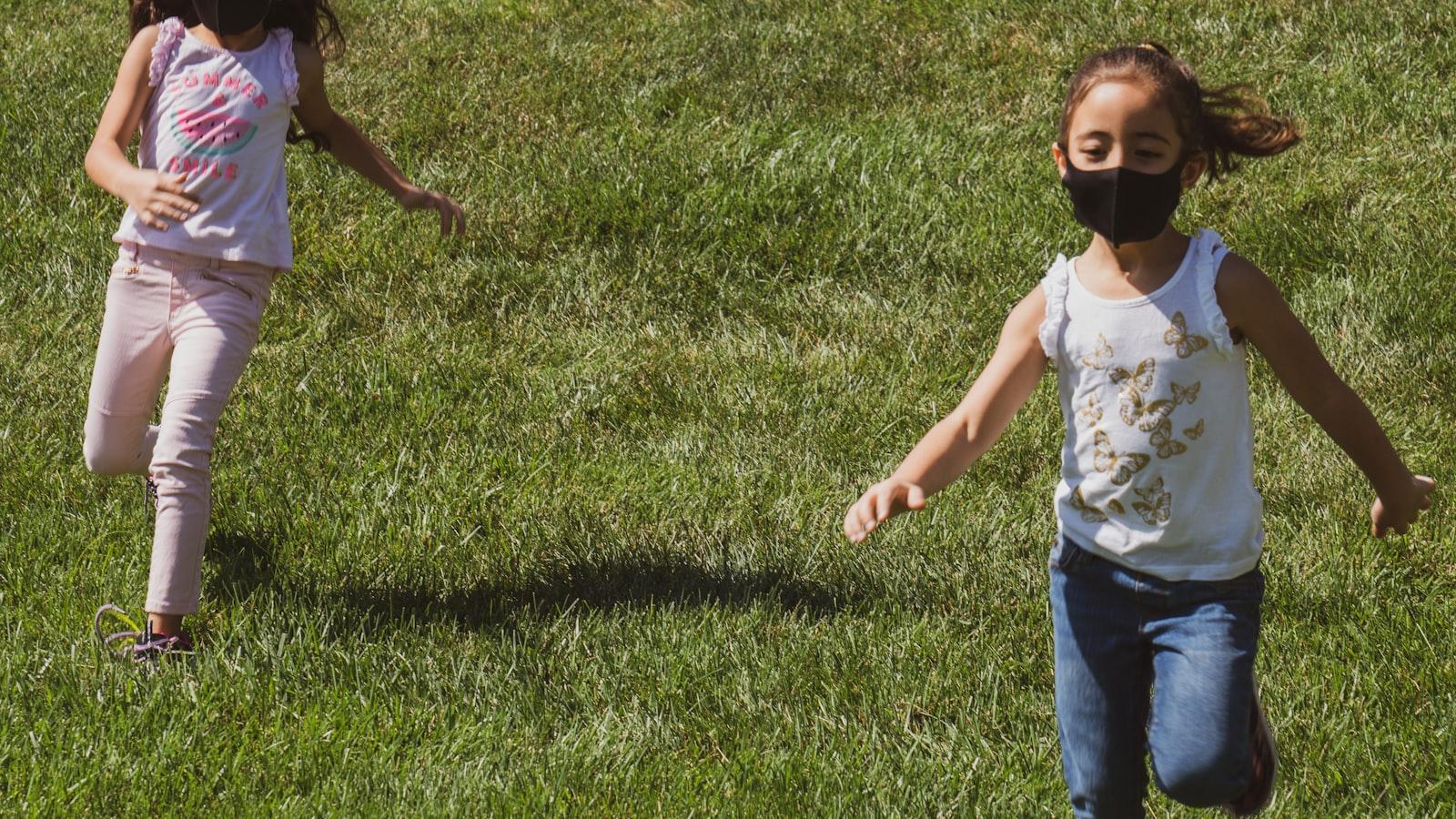Managing Children’s Screen Time: Handy Tips for Parents

In today’s digital age, managing children’s screen time has become a common concern for parents. With so many devices and apps vying for their attention, it can be a challenge to strike a balance between allowing screen time for entertainment and ensuring they don’t spend too much time in front of a screen. In this article, we’ll provide some handy tips for parents on how to effectively manage their children’s screen time and encourage healthier tech habits.
1. Understanding the Effects of Excessive Screen Time on Children
Excessive screen time can have detrimental effects on children’s physical and mental health. Studies have shown that prolonged exposure to screens can lead to issues such as poor sleep quality, obesity, decreased social skills, and even developmental delays. It is crucial for parents to understand these risks and take steps to mitigate them.
To help manage your child’s screen time, consider setting clear and consistent limits. Establishing rules around when and how long screens can be used can help create boundaries and promote healthier habits. Encourage alternative activities such as outdoor play, reading, or arts and crafts to reduce reliance on screens. **Limiting screen time can also improve your child’s overall well-being and development.**
Monitoring your child’s digital activities is another important aspect of managing screen time. Keep an eye on what they are watching and playing, and have open conversations about online safety and responsible screen use. By being proactive and involved in your child’s technology use, you can help strike a balance between technology and overall health.
2. Practical Guidelines for Setting Screen Time Limits for Kids
Setting screen time limits for kids can be a challenging task for parents. Here are some practical guidelines to help you manage your child’s screen time effectively:
– **Set clear and consistent rules:** Establishing clear guidelines for when and how much screen time is allowed can help avoid arguments and confusion. Make sure to discuss these rules with your child and stick to them consistently.
– **Use technology to your advantage:** Utilize parental control features on devices to set time limits and monitor your child’s online activities. There are also apps available that can help regulate screen time and provide insights into your child’s digital habits.
– **Encourage alternative activities:** Encouraging your child to engage in screen-free activities such as playing outside, reading a book, or doing arts and crafts can help reduce dependence on screens and promote a healthier lifestyle. Remember to lead by example and limit your own screen time to set a good example for your child.
3. Introducing Screen-Free Activities to Your Child’s Routine
Screen-free activities are essential for promoting healthy development in children and reducing their screen time. Encouraging your child to engage in activities that don’t involve screens can help improve their creativity, social skills, and physical health. Here are some ideas to incorporate screen-free activities into your child’s routine:
-**Outdoor Play:** Take your child outside to play in the fresh air. Encourage them to run, jump, climb, and explore nature.
-**Arts and Crafts:** Provide your child with art supplies and let them get creative with drawing, painting, and crafting.
-**Reading Time:** Set aside time each day for your child to read a book or have a story read to them.
-**Physical Activity:** Encourage your child to engage in sports or dance activities to keep them active and healthy.
-**Board Games:** Play board games as a family to promote critical thinking and social interaction.
By introducing these screen-free activities into your child’s routine, you can help them develop a more balanced and healthy relationship with technology.
4. Effective Strategies for Monitoring Your Child’s Digital Activities
One effective strategy for monitoring your child’s digital activities is to install parental control software on their devices. These tools allow you to set limits on screen time, block inappropriate content, and monitor their online behavior. **Parental control software** can give you peace of mind knowing that your child is safe while using the internet.
Another helpful way to monitor your child’s digital activities is to have open communication with them. **Discuss the importance** of responsible technology use and establish rules together. By having regular conversations about online safety and digital boundaries, you can ensure that your child understands the importance of being mindful of their online behavior.
Additionally, consider setting up **rules for device usage** in common areas of the house, such as the living room or kitchen. This way, you can keep an eye on your child’s screen time without invading their privacy. By implementing these strategies, you can effectively monitor your child’s digital activities and promote a healthy balance between technology use and overall well-being.
5. Balancing Technology Use with Health and Well-being for Kids
It’s no secret that technology plays a significant role in our children’s lives, but finding the right balance between screen time and health and well-being is crucial. One handy tip for parents is to encourage physical activity and outdoor play as a way to offset the sedentary nature of screen time. **Limiting screen time before bedtime** can also improve sleep quality and overall well-being for kids.
**Creating tech-free zones** in the house, such as the dinner table or bedrooms, can help promote more meaningful family interactions and prevent over-reliance on screens. Additionally, **setting a good example** by limiting your own screen time and engaging in offline activities can show your children the importance of balancing technology use with other aspects of life.
Remember, it’s essential to **monitor your child’s screen time** and ensure they are engaging in a variety of activities that contribute to their overall health and well-being. By being mindful of how technology impacts your child’s life and implementing these handy tips, you can help them develop healthy screen time habits and maintain a balanced lifestyle.
Conclusion
managing children’s screen time is crucial in today’s digital age. By setting limits, creating a technology-free zone, and encouraging other activities, parents can help their children develop healthy screen habits. Remember, balance is key! With these handy tips, parents can guide their children towards a balanced lifestyle that includes both screen time and other activities.
References:
American Academy of Pediatrics. (2016). Media and Young Minds. Retrieved from https://www.aap.org/en-us/about-the-aap/aap-press-room/Pages/American-Academy-of-Pediatrics-Announces-New-Recommendations-for-Childrens-Media-Use.aspx
Common Sense Media. (n.d.). Screen Time, How Much Is Too Much? Retrieved from https://www.commonsensemedia.org/screen-time/how-much-screen-time-is-ok-for-my-kids
Mayo Clinic. (2020). Obesity in Children: Screen Time and Other Factors May Contribute. Retrieved from https://www.mayoclinic.org/healthy-lifestyle/childrens-health/in-depth/screen-time/art-20047952
